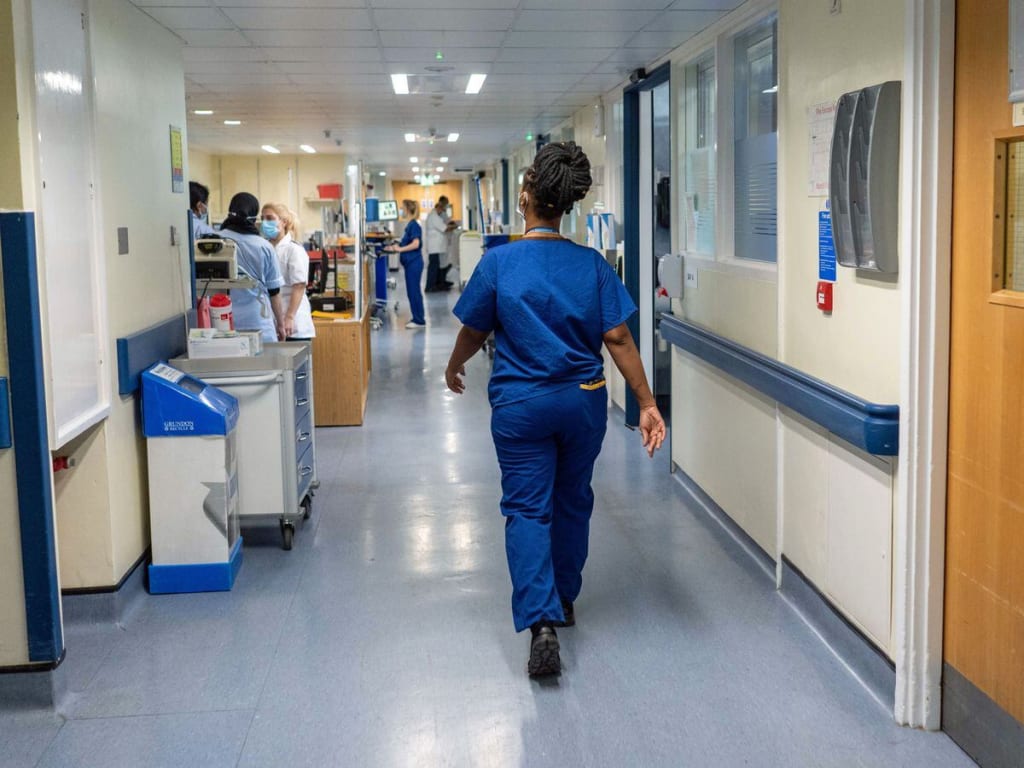
Recently released statistics have illustrated that the number of patients waiting for NHS treatment has fallen for the fourth month in a row. This comes as part of a package of data which was released to find out how the Health System was coping after the pandemic and after all Covid restrictions were eased. The new monthly data from January prove that the number of patients waiting for appointments or procedures of any kind fell by just under 28, 000 compared with the previous month where the number of patients on waiting lists was 7.6 million. This ties in with the fact that there has been a total fall of just under 200, 000 since September last year. The number of patients waiting also fell by 43,053 in January (6.32m vs 6.37m in Dec) and is now 174,056 lower than in September (6.5m).
The amount of care delivered to patients during this time had to be cut by a fifth due to periods of strike action. Despite this staff were still able to deliver over one and a half million treatments which helped to ensure the system continued to function maintaining the strength of the economy. It also catered for those patients who may be considered vulnerable or in most need. This meant that the number of treatments delivered was 3% more than what was delivered before the pandemic.
The NHS still aims to bring down the number of patients who have been waiting the longest times to receive their treatments with the number of those waiting now over 65 weeks down by 60% when compared to the peak in June 2021. This means that the number of those waiting in January fell to just over 92, 000.
The number waiting over a year has also fallen, standing at 321,394, the lowest since March 2022. This is the lowest proportion of the waiting list waiting over a year since October 2020 (4.2% in January 2024 compared to 3.8% in October 2020).
Thanks to efforts of hardworking staff, the NHS has delivered improvements in A&E and ambulance performance last month – this is despite urgent and emergency care services experiencing their busiest February on record.
The number of people attending Casualty departments however rose with more people needing forms of emergency treatment. The number of attendances per day in February, up 8.6% on the same time last year (68,367 per day in Feb 2023). The number of emergency admissions from A&E was up 7.7% on last year, from 16,888 to 18,184 per day.
Although there was a greater demand to be seen in emergency departments, a greater number of patients managed to see an appropriate health practitioner and get the care they needed with in the four hour guidelines which show the system is functioning well and this is the highest proportion since September 2023.
Paramedics responded to a total of 704,111 incidents last month, the highest February on record and up 5% on the same period pre-pandemic (669,109 in Feb 2019), with a record number of 999 calls for any February, too. 999 call handlers answered 1.04m calls – or 36,000 per day – which is 12% more than 932,452 in February 2019.
Professor Sir Stephen Powis, NHS national medical director, said: “Demand for NHS services across the country remains high – this was a record February for urgent and emergency services, with A&E attendances and ambulance callouts up significantly on pre-pandemic levels.
“It is testament to the hard work of staff and the measures in our elective recovery plan that despite the longest period of industrial action in NHS history in January, with one in five days affected, staff still managed to bring the waiting list down – staff delivered more activity than before the pandemic using a range of innovative and new technologies to ensure we continue to make progress on the longest waits for our patients.
“With new measures like the expansion of same day emergency care services across the country to reduce A&E waiting times, making sure people are checked for worrying symptoms quickly with community diagnostic centres and thousands of patients benefiting from virtual wards, staff right across the NHS are working incredibly hard to deliver on our post pandemic recovery plans.”